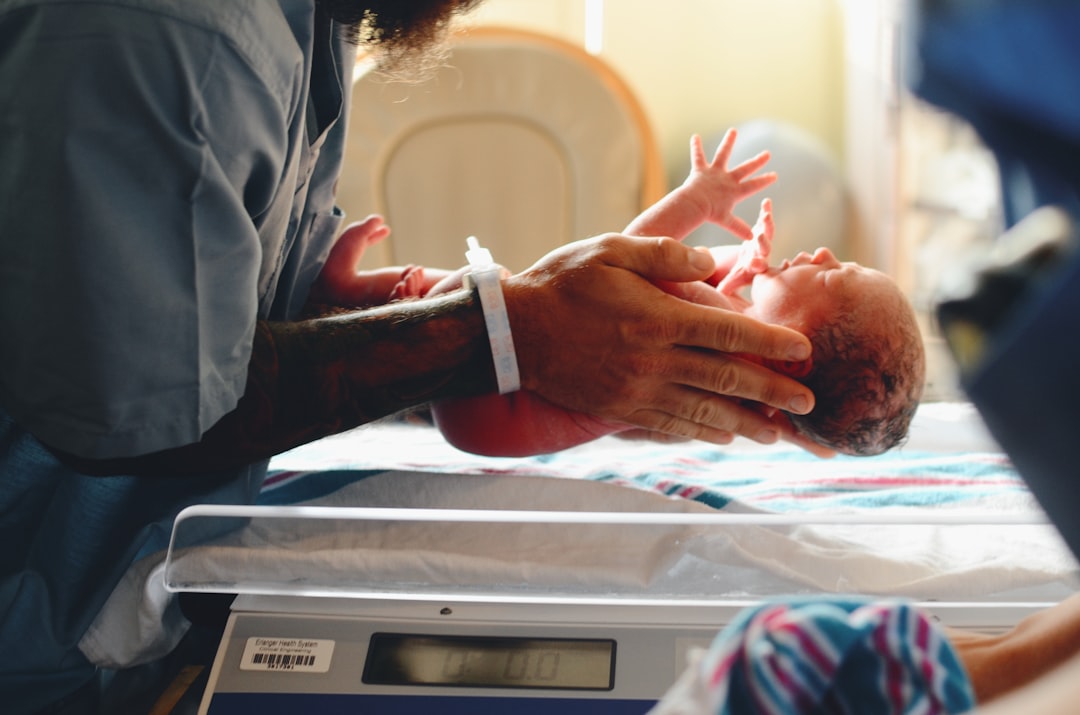What is it about?
This publication is about how the female malaria mosquitoes are able to use specific chemicals coming from our feet to locate our feet and bite us to get their meal of blood. These specific chemical constituents that are naturally produced by the humans can be sensed by the female mosquitoes using their anntanae. Eventhough the smell of human feet chemicals are over 400, in this work only 11 are important in helping the mosqutoes to bite our feet, the rest are noise to the mosquito's 'nose' (anntanae). These 11 chemicals are produced in different amounts by different people, which then lead to the differences in getting mosquito bites among different humans on their un-covered feet. Of the 11 chemicals 3 push or keep the mosquitoes away while the rest pull them towards our feet for a blood meal.
Featured Image

Photo by Cameron Webb on Unsplash
Why is it important?
This work presents 8 attractant and 3 reppellent chemicals from the smell of the human feet that manipulate the number of female malaria transmitting mosquitoes landing on human feet for blood meal. The attractant chemicals work well as a blend as opposed to their performance individually. The repellents can be used to push the mosquitoes away from the humans as the attractants get exploited in pulling them towards mosquito traps where they are put there to serve as baits. The traps could be poisoned with insecticides that then target the nuisance mosquitoes thus leading to reduction in malaria transmission cases.
Perspectives
The publication of this article was a great milestone to me since it enables most readers understand our two WIPO patent publications we made in 2010 on: i) Compositions for attracting blood-feeding insects; and ii) Repellant Compositions for blood feeding insects as well as iii) the US patent grant No. 8,734,773 B2 of 2014 enttled, Compositions for attracting blood-feeding insects. In addition writing this article was a great pleasure as it has co-authors with whom I have had long standing history of collaborations and attachement. The article also lead to a better understanding on role of chemical blends in guiding mosquitoes to their blood meal source. It further helps us understand the variations in attraction of the female malaria mosquitoes towards the feet odours of different humans
Professor Maurice Vincent Omolo
Masinde Muliro University of Science and Technology
Read the Original
This page is a summary of: Semiochemical signatures associated with differential attraction of Anopheles gambiae to human feet, PLoS ONE, December 2021, PLOS,
DOI: 10.1371/journal.pone.0260149.
You can read the full text:
Resources
Contributors
The following have contributed to this page










